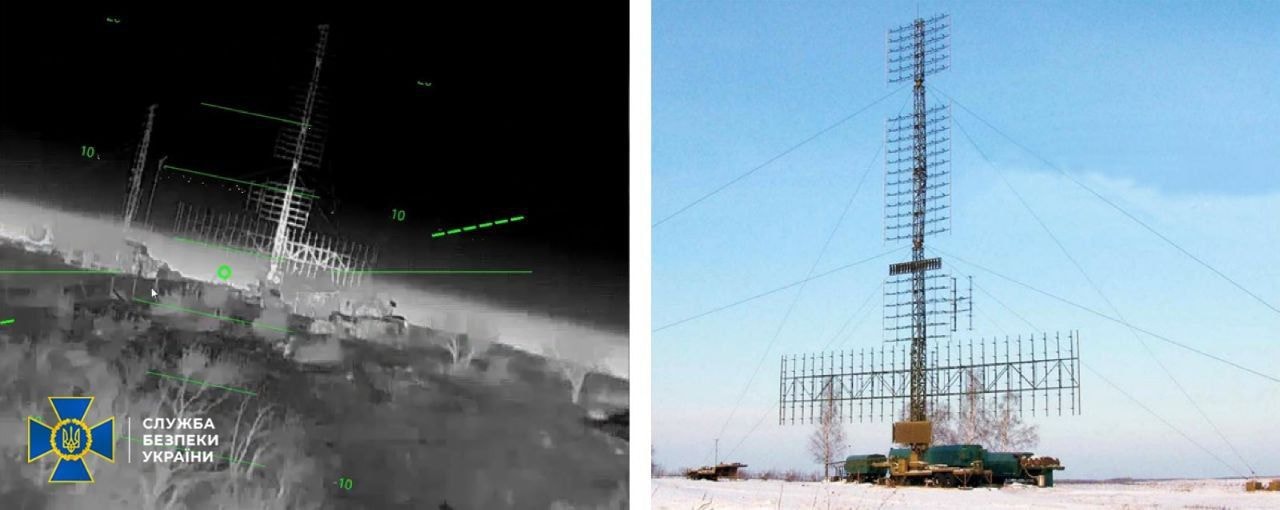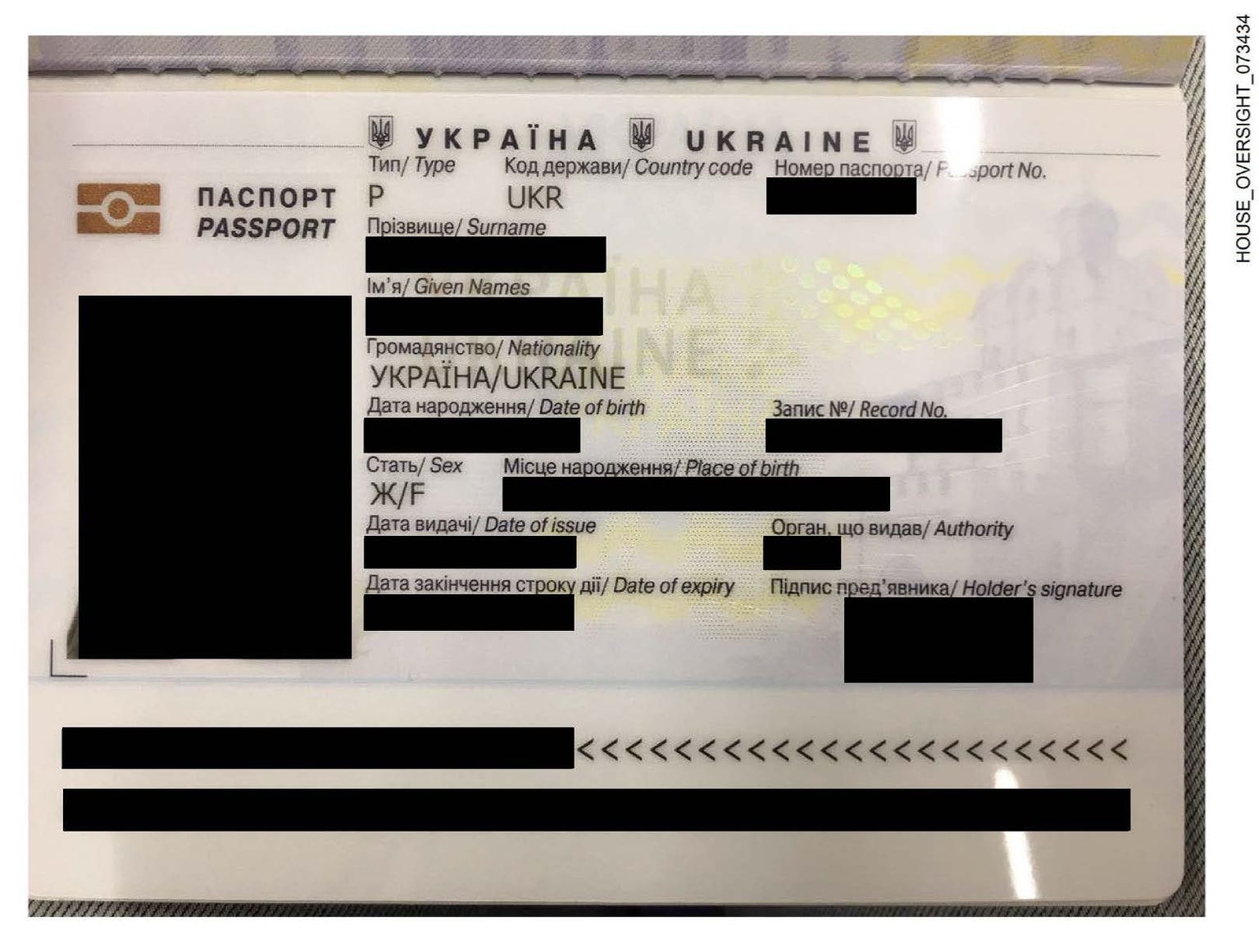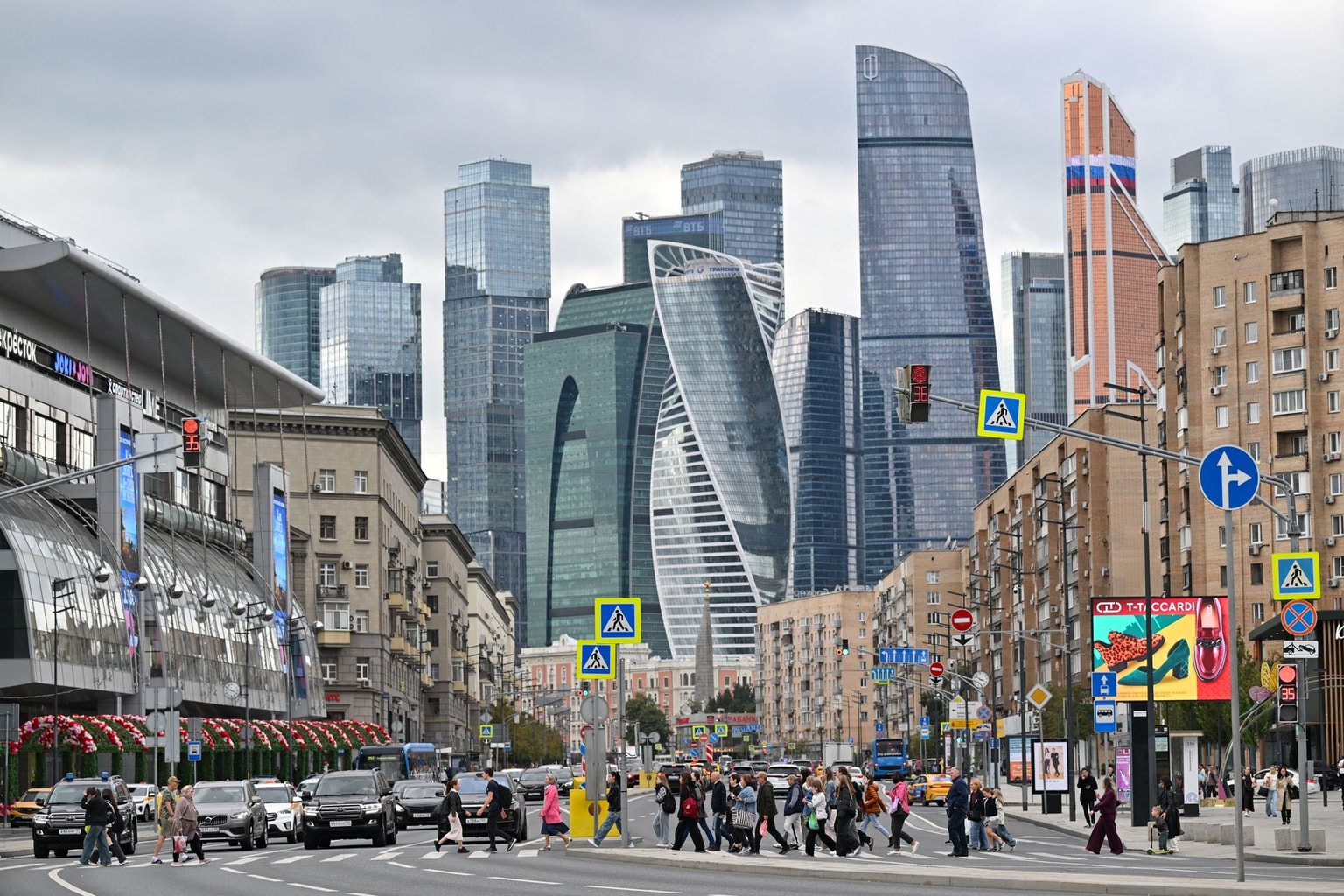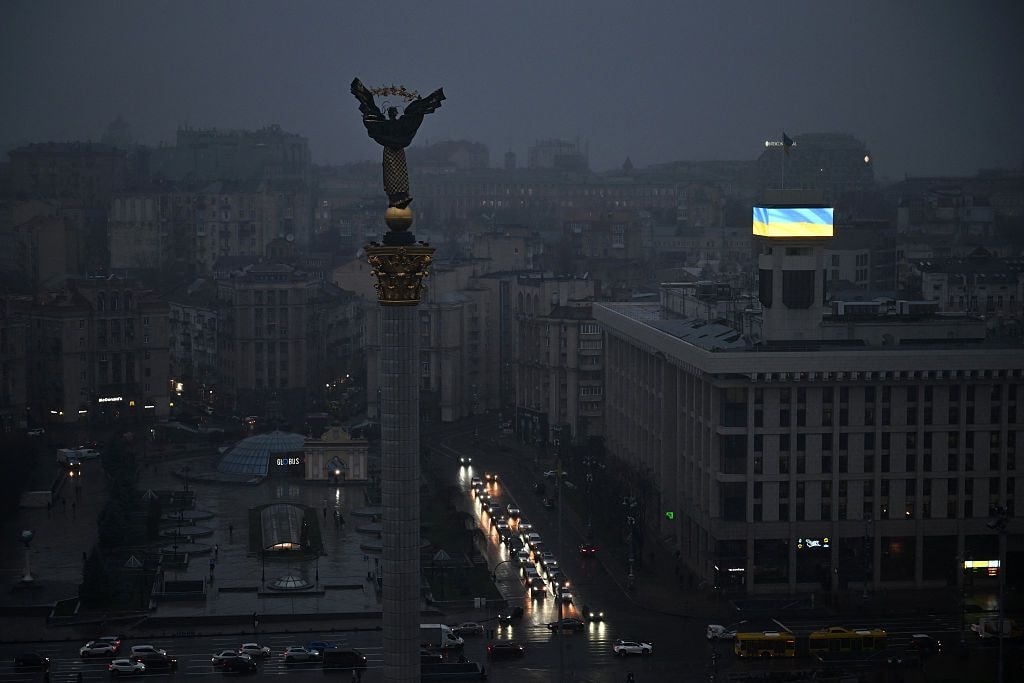German finance minister 'sure' that EU will find more ways to use Russia's frozen assets

Germany’s Finance Minister Lars Klingbeil on Oct. 10 said he was "sure" that European countries will find more ways to use frozen Russian central bank assets to support Ukraine.
The European Union has a plan to use 185 billion euros (over $210 billion) in immobilized Russian central bank assets to help fund cash-stretched Ukraine, but work is still needed to get European countries on board and ensure that the proposal is watertight.
Until now, the EU has only used the income generated from the assets.
"I am sure that in the end we will get there, that (Russian President Vladimir) Putin will pay for this war," Klingbeil said at a meeting of European finance ministers in Luxembourg, where the assets will be discussed.
"It is about ensuring that this is legally sound and that we find legal ways. But we have made considerable progress in recent weeks," the minister added.
Central bank reserves are uniquely protected under international law, and some EU officials — including Belgium's Prime Minister Bart de Wever and European Central Bank President Christine Lagarde — have expressed concern over plans to use the assets.
To avoid outright confiscation, the EU’s proposal uses the assets to fund the so-called reparations loan to Ukraine.
If Russia ceases its war on Ukraine and compensates the country for damage caused, Ukraine would repay the loan to the EU, which would lift sanctions on Russia. The exact legal details are still to be determined.
Momentum has gained in recent weeks to use the assets for Ukraine, which faces an external budget gap of $65 billion for 2026–2029, according to recent estimates.
European leaders will meet at a summit on Oct. 23, where the European Commission is likely to propose its plan to use the assets.










